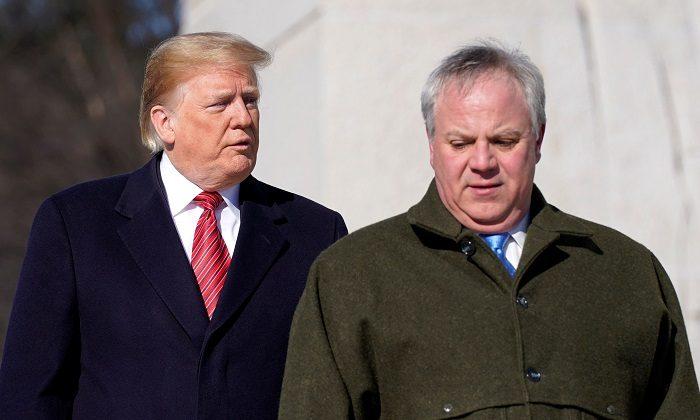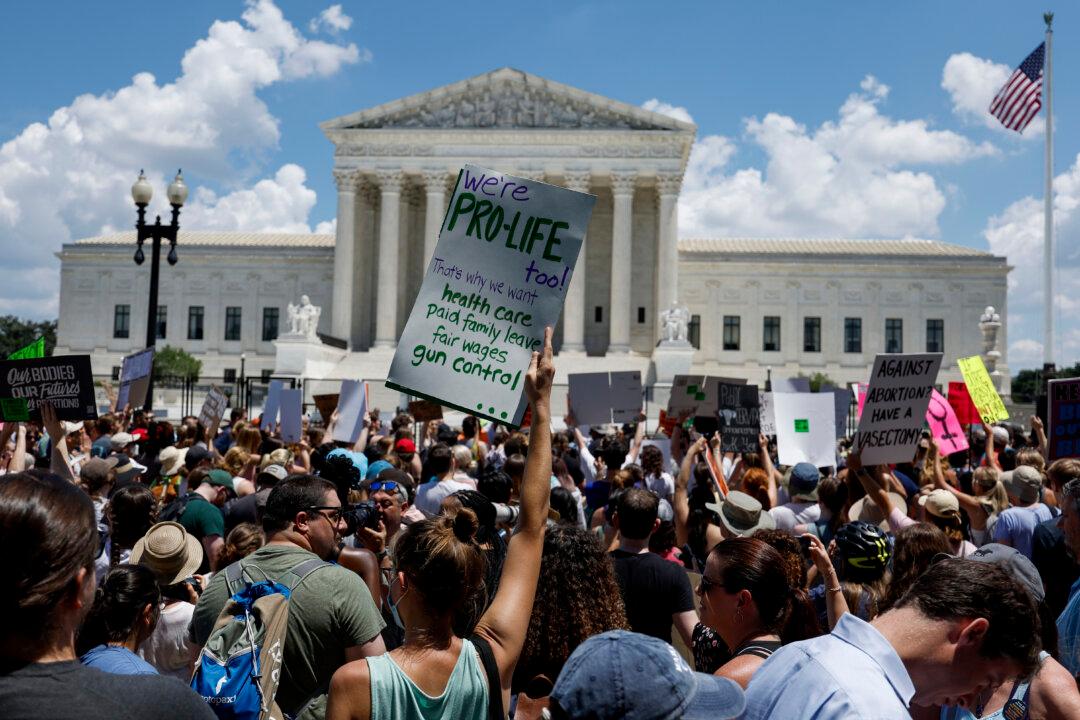The Trump administration announced the delisting of the gray wolf from the Endangered Species Act (ESA) roster, saying protection and management of the animals will now be in the hands of state and tribal wildlife management agencies. Progressives called the decision dangerous and vowed to take action against the U.S. Department of Interior’s (USDI) decision.
The department based its decision to remove the gray wolf from the ESA after 45 years based on the scientific and commercial data available, a thorough analysis of threats and how they have been alleviated, and a proven record of states and tribes’ abilities to continue managing for healthy wolf populations.
Secretary of the Interior David L. Bernhardt made the announcement at the Minnesota Valley National Wildlife Refuge Thursday.

“After more than 45 years as a listed species, the gray wolf has exceeded all conservation goals for recovery. Today’s announcement simply reflects the determination that this species is neither a threatened nor endangered species based on the specific factors Congress has laid out in the law.”
“Gray wolves are no longer an endangered species in the continental United States likely setting off a flurry of lawsuits by wolf advocates who believe the decision is premature. We’re one of the wolf advocates.”
“Trump admin. officially ends ESA protections for gray wolves nationwide, save for the Mexican gray wolf. With the announcement, wolves have targets on their backs. History tells us thousands will die at the hands of trophy hunters + state mgmt.”
![A gray wolf. (RKPhoto/{Pixabay [CC0 Creative Commons])](/_next/image?url=https%3A%2F%2Fimg.theepochtimes.com%2Fassets%2Fuploads%2F2018%2F01%2F15%2Fwolf-2830472_1920-1200x900.jpg&w=1200&q=75)
In total the federal government estimates, the gray wolf population in the lower 48 states is currently more than 6,000 wolves, which does not include all gray wolves in the greater United States.
“Stripping protections for gray wolves is premature and reckless. Gray wolves occupy only a fraction of their former range and need continued federal protection to fully recover. We will be taking the U.S. Fish and Wildlife Service to court to defend this iconic species.”
Without ESA protections, Defenders of Wildlife believes states may remove all protections for gray wolves, allowing them to be killed without penalty.
Meanwhile, many federal and local lawmakers supported the administration’s decision to remove the federal label and allow local government agencies to manage the once decimated species, including Wisconsin, Utah, Arizona, Washington State, Minnesota, Idaho, South Dakota, Colorado, California, and Nebraska praised the USDI decision.
Sen. Mike Lee (R-Utah) said, “Multiple states, including Wyoming, Montana, Idaho, Oregon, and Washington already manage healthy and sustainable gray wolf populations. Now, under expanded state management, impacted communities will be able to determine how best to preserve gray wolf populations while protecting other native species and livestock.”
South Dakota Gov. Kristi Noem said, “This announcement will provide more flexibility and protection to landowners and livestock producers working to make a living.”
Various other farming and recreational organizations applauded the decision.





